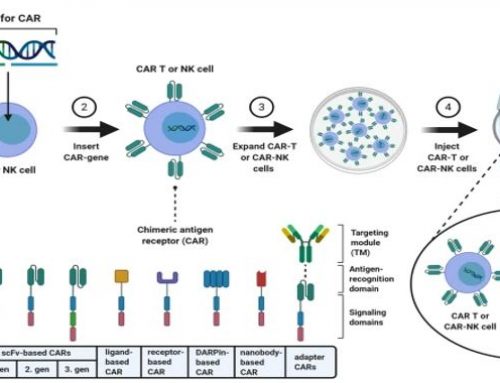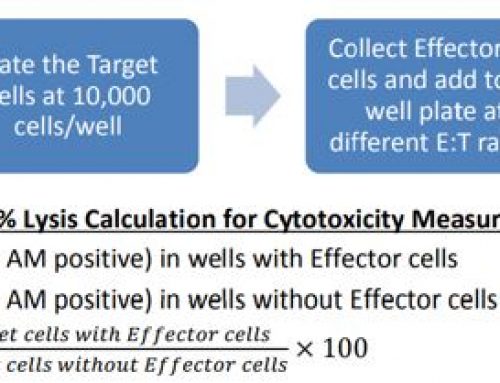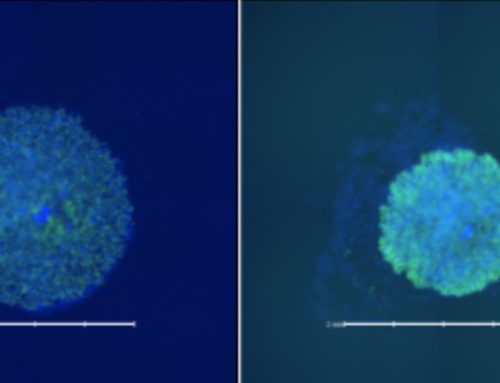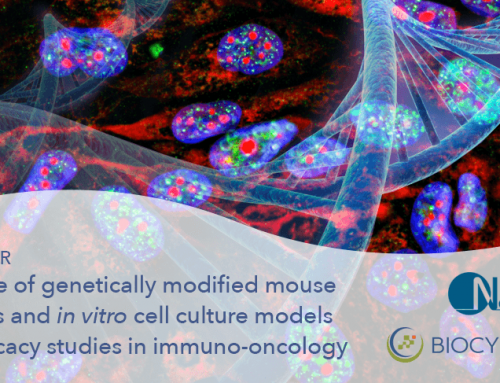Exploring Long-term Protection of Normal Human Fibroblasts and Epithelial Cells from Chemotherapy in Cell Culture
Authors: Pasha Apontes, Olga V. Leontieva, Zoya N. Demidenko, Fengzhi Li, Mikhail V. BlagosklonnyOncotarget. 2011 March 2(3): 222-233; PMCID: PMC3260824
Background: Microtubule-targeting agents or mitotic inhibitors are commonly used in chemotherapy for cancer. These agents kill proliferating, or cycling, cells by causing fatal mitotic arrest. Because many normal cells cycle very frequently (bone marrow cells, hair follicles, mucosal cells, endothelial cells), these normal cells are also affected by chemotherapy, leading to many side effects and reduced chemotherapy treatment.
Purpose: To investigate chemotherapeutic cyclotherapy by utilizing special characteristics of cancer cells (dysregulation of the PI-3K/mTOR pathway and lack of p53 expression) and cell cycle arresting drugs to selectively arrest and protect normal cells during chemotherapy, then demonstrate proper recovery of normal cells following treatment.
Methods: Normal cell lines (WI-38 fibroblasts, ARPE-19 retinal pigment epithelial cells, NKE normal kidney epithelial cells) and MDA-MV-231 breast cancer cells were tested with various combinations of nutlin-3a, a cell cycle arresting drug selective for cells expressing p53, nocodazole, a mitotic inhibitor, rapamycin, a mild cytostatic agent, and metformin, an anti-diabetic drug that simulates fasting by decreasing glucose and insulin levels.
Results: G1 and G2 arrest by nutlin-3a prevented mitotic arrest caused by nocodazole in normal WI-38 fibroblasts and RPE cells, but not MDA-MB-231 breast cancer cells. WI-38 and RPE cells showed long-term recovery following removal of nocodazole. A combination of rapamycin and metformin caused G1/G2 arrest and partially prevented mitotic arrest caused by nocodazole in WI-38t cells, but not MDA-MB-231 cancer cells. Combinations of nutlin-3a with rapamycin were the most effective in protection of NKE cells. A metformin + rapamycin combination was moderately protective. Studies indicated that rapamycin may increase the durability of arrest by Nutlin-3a and improve the reversibility of arrest.
Findings of Note: Recent studies involving Nutlin-3 administration in mice have shown that protection in culture is applicable in vivo. The combination of metformin and rapamycin (in addition to having protective effects against mitotic inhibitors for normal cells) was toxic by itself to MDA-MB-231 cancer cells due to reduction in glucose levels, as cancer cells display a glycolytic phenotype that requires glucose.
Author’s Conclusion: Nutlin-3a, nutlin-3a plus rapamycin, and rapamycin plus metformin may improve the duration and success of chemotherapy involving mitotic inhibitors. Low concentrations of rapamycin and metformin combined with fasting are recommended for current use prior to chemotherapy treatments for increased effectiveness. (Nutlin-3a is not yet approved for clinical use.)
Reviewer’s Comments: This paper was an excellent example of various research findings being combined to develop improved treatment methods. Study of the cell cycle and development of reversible cell-arresting drugs, identification of differences in surface marker expression and pathway function in normal and cancer cells, and an understanding of the effects of low glucose conditions on cancer cells enabled successful preliminary tests of improved therapeutic treatments.






It would be helpful in this context to have a review of how the cellometer was used in the study